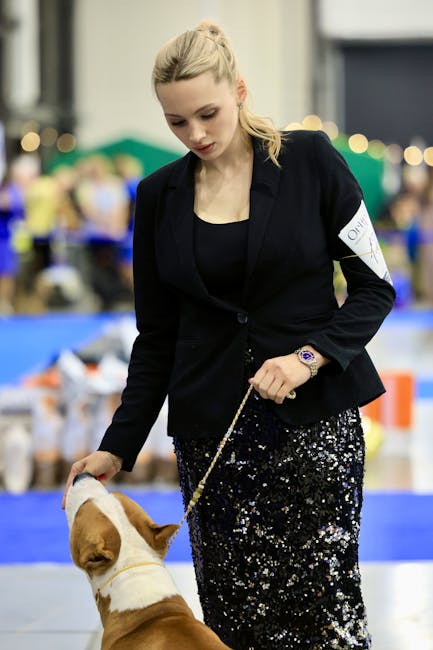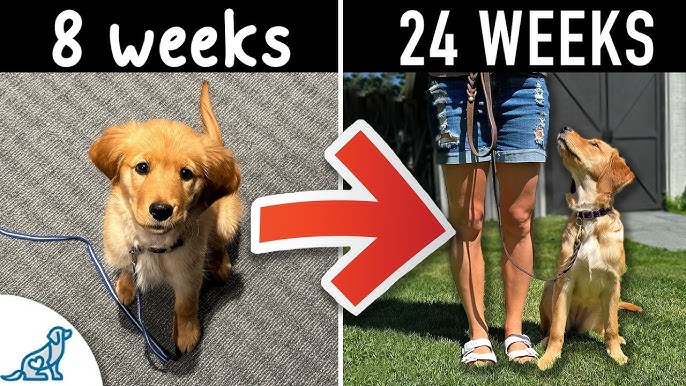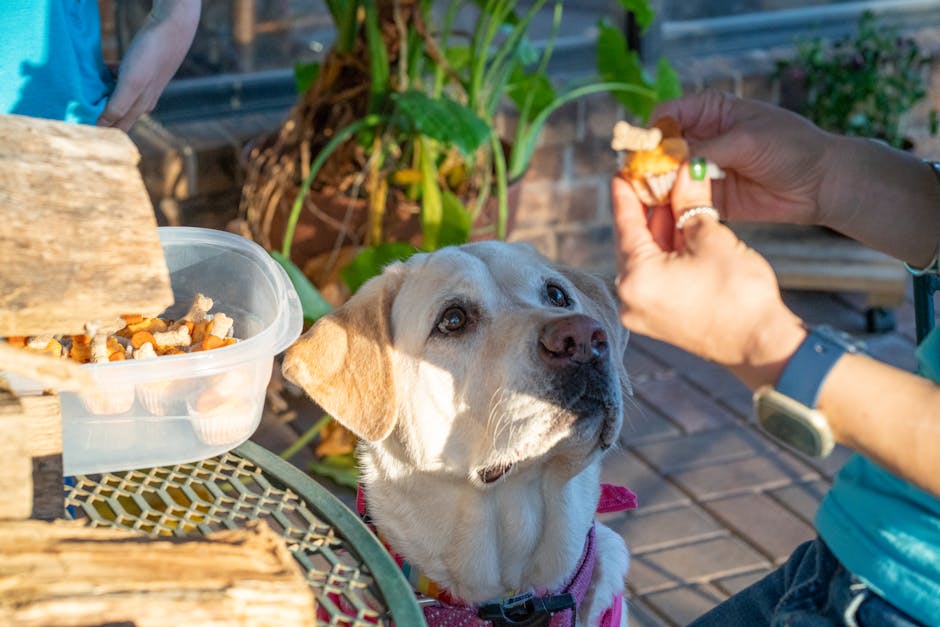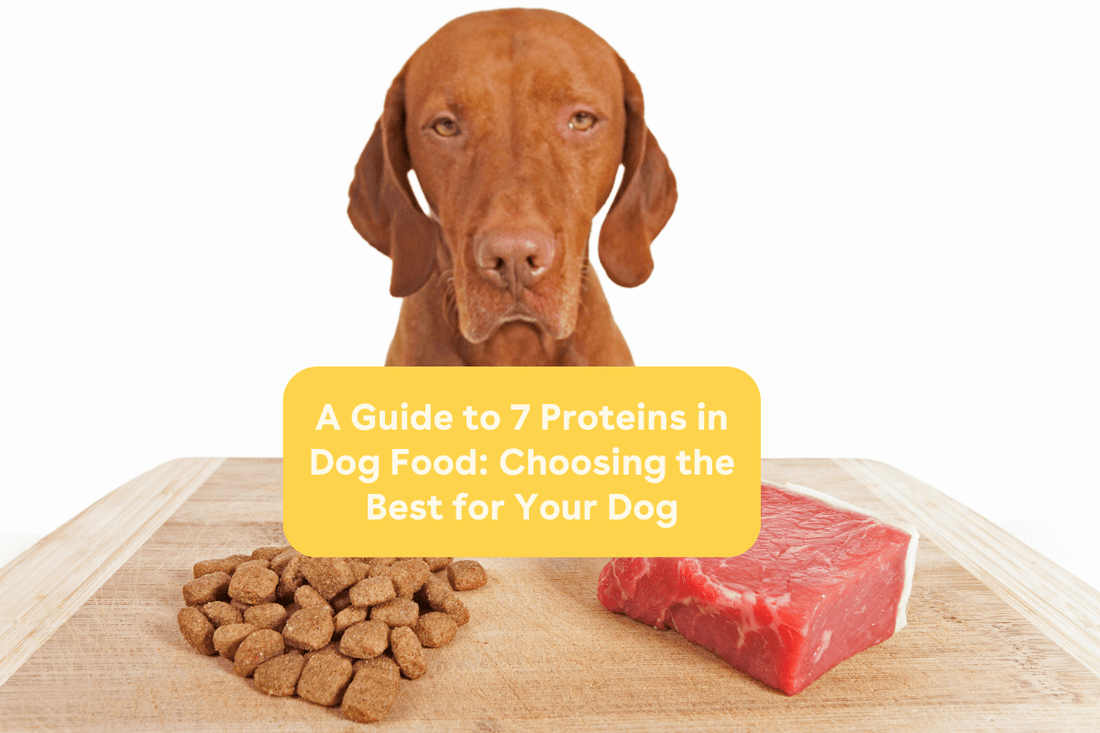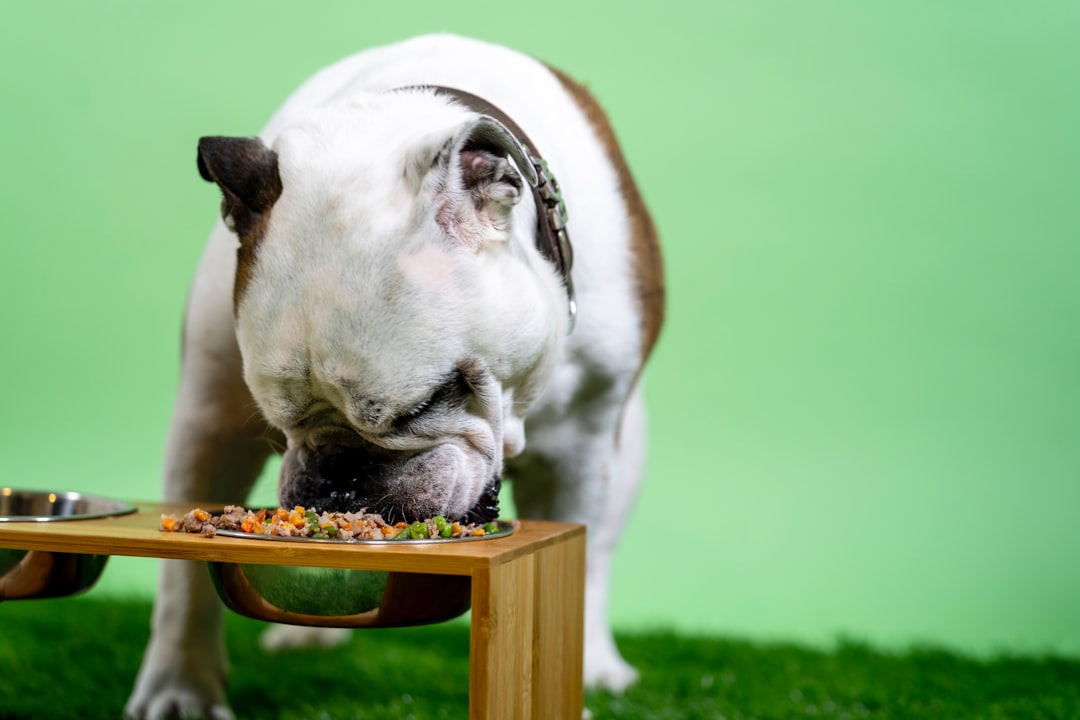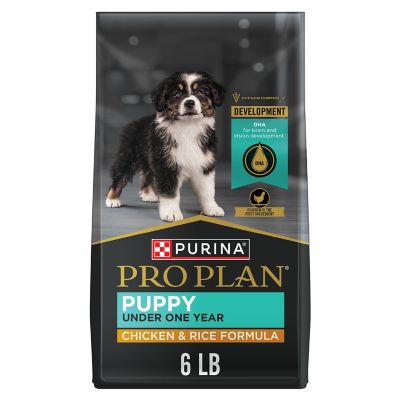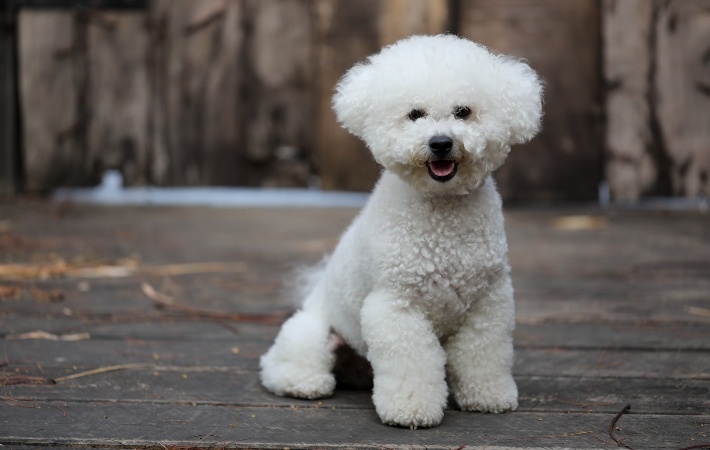Are you tired of sneezing every time you’re around dogs? Finding a furry friend that won’t trigger your allergies can feel impossible.
But what if there’s a dog breed out there that’s kinder to your nose and eyes? You deserve to enjoy the love and companionship of a dog without the constant sniffles and itchy eyes. Keep reading to discover which dog is the most hypoallergenic and how it can make a difference in your life.

Credit: www.goodrx.com
Hypoallergenic Dogs Explained
Many people want dogs but suffer from allergies. Hypoallergenic dogs are a good choice for them. These dogs cause fewer allergic reactions than others.
Not all dogs are the same for allergy sufferers. Some breeds shed less or produce fewer allergens. Knowing about these dogs helps people choose pets carefully.
What Makes A Dog Hypoallergenic
A hypoallergenic dog produces fewer allergens that cause allergies. These dogs often shed less hair and dander. Dander is tiny skin flakes that carry allergens.
Dogs with curly or tight coats trap dander and hair. This keeps allergens from spreading as much. Regular grooming also helps reduce allergens on the dog.
- Low shedding coats trap dander
- Less dander means fewer allergens
- Regular cleaning helps reduce allergens
- Some breeds produce less saliva allergens
Common Allergens In Dogs
Dog allergens come from dander, saliva, and urine. Dander is the main cause of allergies. It sticks to hair and skin flakes.
Saliva allergens spread when dogs lick themselves or their owners. Urine allergens can also cause reactions, especially in males. These allergens trigger sneezing, itching, and watery eyes.
- Dander: small skin flakes on fur
- Saliva: proteins in dog’s saliva
- Urine: allergens found in dog urine
- Hair: can carry dander and saliva
Top Hypoallergenic Dog Breeds
Many people want dogs but suffer from allergies. Hypoallergenic dogs produce fewer allergens. These dogs are a good choice for allergy sufferers.
Here are some popular hypoallergenic dog breeds. Each has unique features that help reduce allergic reactions.
Poodle
Poodles have curly hair that traps dander. They shed very little, which helps people with allergies. Poodles come in toy, miniature, and standard sizes.
They are smart, easy to train, and active. Poodles need regular grooming to keep their coat healthy.
Bichon Frise
The Bichon Frise has a soft, curly coat that does not shed much. This breed produces less dander than many others. It is friendly and playful.
Regular brushing is needed to avoid matting. Bichons are good for families and allergy sufferers.
Maltese
The Maltese has long, silky hair that sheds very little. This breed is gentle and loving. Maltese dogs are small and adapt well to indoor living.
They need daily grooming to keep their coat clean and tangle-free. Maltese dogs are good companions for people with allergies.
Portuguese Water Dog
This dog has a curly or wavy coat that does not shed much. The Portuguese Water Dog was bred to work in water and is very active. They are friendly and intelligent.
Regular grooming keeps their coat healthy. This breed suits active people with allergies.
Schnauzer
Schnauzers come in three sizes: miniature, standard, and giant. Their wiry coat sheds little and traps dander well. Schnauzers are alert and loyal dogs.
They need regular brushing and trimming. Schnauzers make good pets for allergy sufferers.
Factors Affecting Allergies
Many people want to know which dog is the most hypoallergenic. Allergies depend on several things. Understanding these helps pick the right dog.
Allergies are caused by proteins in dog skin cells, saliva, and urine. These proteins spread through fur and dander. Different dogs affect allergies in different ways.
Shedding And Dander Levels
Shedding releases fur and dander into the air. Dander is tiny skin flakes that carry allergen proteins. Dogs that shed less usually cause fewer allergies.
Some breeds produce less dander or have hair that traps it. These dogs tend to be better for allergy sufferers.
- Low shedding breeds drop less fur and dander
- Curly or wiry coats trap dander better
- Regular cleaning reduces airborne allergens
Grooming And Maintenance
Grooming helps control allergens on a dog. Bathing removes saliva and dander from the coat. Brushing stops loose hair from spreading.
High-maintenance breeds need more grooming. This helps keep allergens low. Regular grooming is important for allergy-friendly dogs.
- Frequent baths reduce allergen build-up
- Daily brushing limits loose hair and dander
- Professional grooming keeps coats clean
Individual Allergy Variations
People react differently to dog allergens. One dog may bother one person but not another. Allergies depend on personal sensitivity.
Testing allergies with different dogs helps find the right match. Spending time with a dog before adopting is a good idea.
- Some people react more to saliva than dander
- Immune system strength affects allergy reactions
- Allergy symptoms vary from mild to severe

Credit: www.latimes.com
Living With A Hypoallergenic Dog
Many people want a dog but worry about allergies. Hypoallergenic dogs are a good choice for them. These dogs shed less and cause fewer allergy problems.
Living with a hypoallergenic dog means you can enjoy a pet without sneezing or itching all the time. It still takes some care and cleaning to keep allergies low.
Home Cleaning Tips
Cleaning your home helps reduce dog allergens. Keep your house tidy and remove dog hair often. This will make the air cleaner and your home fresher.
Use a vacuum with a HEPA filter to catch small particles. Wash your dog’s bedding and blankets every week to stop allergens from building up.
- Vacuum floors and furniture regularly
- Wash dog bedding weekly
- Use air purifiers to clean the air
- Keep dog out of bedrooms if possible
Managing Allergies Around Dogs
Even hypoallergenic dogs can cause some allergies. Talk to your doctor about allergy medicine if you need it. Taking medicine can help you feel better.
Try to keep your dog clean by bathing them every month. Brush your dog outside to reduce hair and dander inside your home.
- Take allergy medicine as advised
- Bathe your dog regularly
- Brush your dog outside
- Wash your hands after petting your dog
Choosing The Right Breed For Your Lifestyle
Some dog breeds are better for allergy sufferers. These breeds shed less and produce less dander. Pick a dog that fits your home and daily routine.
Small or medium hypoallergenic breeds are easier to care for if you have a busy life. Think about the dog’s energy level and grooming needs too.
- Poodles are smart and low-shedding
- Bichon Frise has soft, curly hair
- Maltese dogs are small and gentle
- Portuguese Water Dogs have water-resistant coats

Credit: www.latimes.com
Frequently Asked Questions
What Breeds Are Considered Hypoallergenic?
Hypoallergenic dog breeds produce fewer allergens. Breeds like Poodles, Bichon Frise, and Maltese are popular choices. They have hair that grows continuously and sheds less. Regular grooming and cleaning can further reduce allergens. However, no breed is completely hypoallergenic.
Do Hypoallergenic Dogs Still Cause Allergies?
Hypoallergenic dogs can still cause allergies, but they are less likely to. They produce fewer allergens in their saliva, skin, and dander. Allergy sufferers may still experience mild reactions. It’s important to spend time with a breed before deciding.
How To Reduce Dog Allergies At Home?
Regular cleaning is key to reducing dog allergies at home. Vacuum frequently and wash pet bedding weekly. Use air purifiers to filter allergens. Regularly groom your dog to minimize shedding and dander. Bathing your dog can also help.
Are There Hypoallergenic Dog Mixes?
Yes, hypoallergenic dog mixes exist and can be a great option. Breeds like Labradoodles and Goldendoodles are popular mixes. They often inherit low-shedding traits from Poodles. However, allergen levels can vary, so it’s best to test compatibility.
Conclusion
Choosing the most hypoallergenic dog helps reduce allergy problems. Breeds like Poodles and Bichon Frises shed less fur and dander. This means fewer allergic reactions for sensitive people. Remember, no dog is 100% allergy-free. Regular cleaning and grooming also make a big difference.
Find a dog that fits your lifestyle and allergy needs. Enjoy the joy and love a dog can bring. Your perfect hypoallergenic companion is out there waiting.

